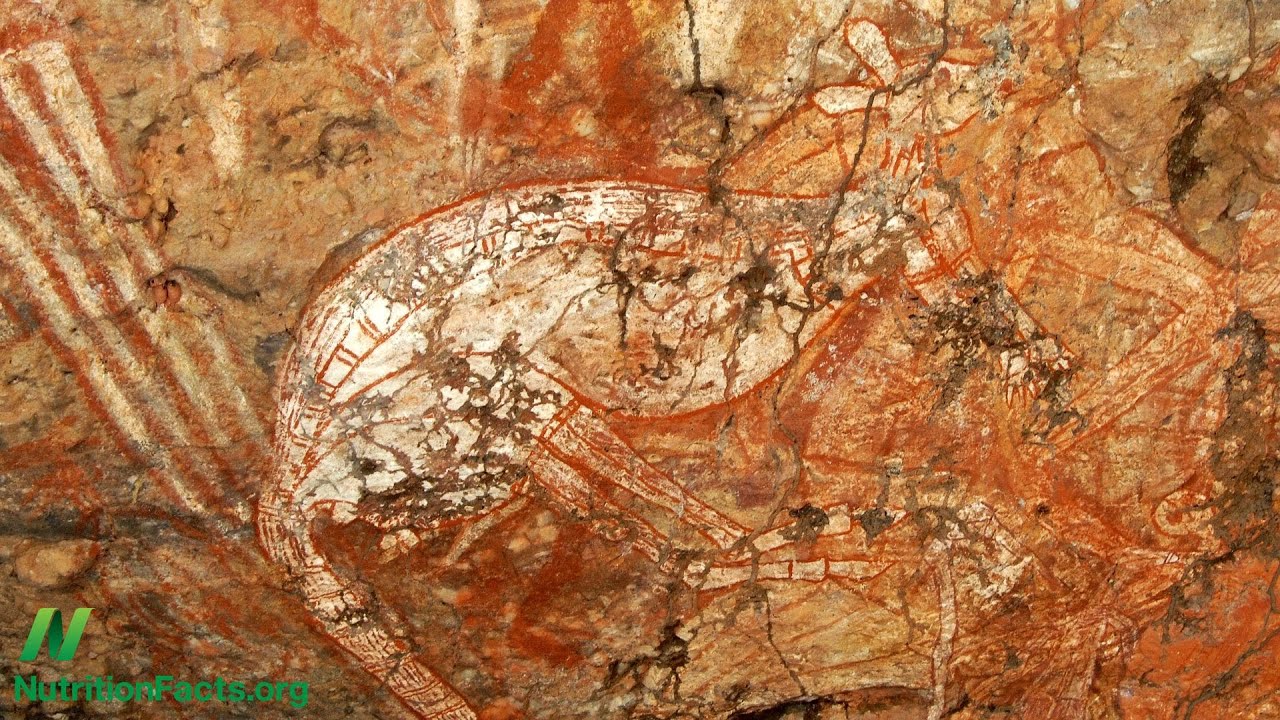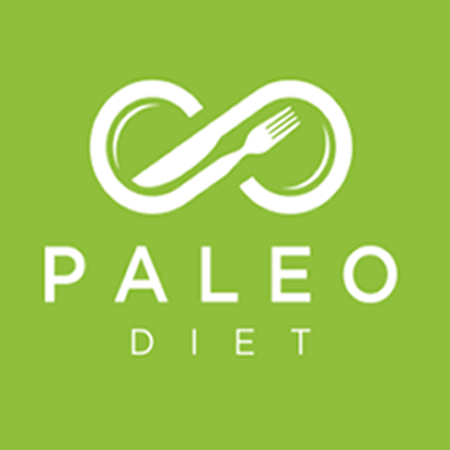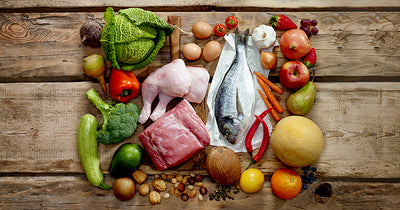
Paleo diet is not believed to prevent heart disease. While the benefits of the diet are generally accepted, some studies show a link to a higher likelihood of developing heart disease. Researchers studied the effects of the diet on arterial distensibility and plasma insulin during an oral sugar tolerance test. They also examined the effect on total cholesterol, LDL, and triglycerides.
Increased chance of developing heart disease
New research shows that Paleo eating significantly raises the levels of a blood marker linked to cardiovascular disease. Trimethylamine n-oxide (TMAO) is a naturally occurring organic compound produced in the gut. The Paleo diet was found to have higher levels of TMAO in comparison to traditional Australians who followed a similar diet. This increased TMAO level is associated with an increased risk of heart disease.
Four Australian universities found that Paleo-followers had higher levels of a compound associated with heart disease. Trimethylamine Noxide is a compound that bacteria produces in the gut and is associated with the development of heart disease. Paleo diets also have lower levels beneficial bacteria. However further research is needed to determine how this affects heart health.
Increased risk for inflammation
A Paleo diet is linked to heart disease. Paleo-eaters have higher levels interlukin-10 (a signaling molecule produced by immune cells). Research suggests that a lower level of interlukin-10 can indicate a greater risk for heart disease. While high levels of interlukin-10 might counteract inflammation and help protect blood vessels, more research is necessary to confirm the relationship.

Paleo is a diet which omits grains, legumes and vegetable oils. This diet is heart-healthy, but high in fat. It contains both saturated as well as trans fats. It is also often very expensive. Paleo can be expensive for some because of the high amount of meat and dairy. For those with lower incomes, the high price of these meats could be deterring.
An increased risk of kidney disease
The Paleo diet is popular among health nuts, but there are some concerns about it. The Paleo diet is high-cholesterol and emphasizes meat. Paleo is also against refined sugars. These are high in empty calories. These sugars are also linked to obesity, diabetes, and heart disease. The Paleo diet forbids legumes, and encourages meat consumption.
In addition to increasing fiber intake, the Paleo diet also reduces the waistline. High levels of fiber can lower cholesterol. Avoid eating eggs yolks. They are a common source for phosphorus in food. Egg whites are the better choice for renal health, as they provide high-quality protein. Drinking plenty of water also helps decrease protein levels in urine. However, the risk of kidney disease remains.
Women are at greater risk for heart disease
For many reasons, Paleo has been very popular. It has many heart health benefits and is based primarily on the Mediterranean or Nordic diets. High amounts of animal fat mean it is high-in saturated and trans fats. A high intake of beef is associated with a higher risk of developing heart disease. Paleo may not be for everyone. It can also be very expensive for low-income people.
Studies have shown that saturated fat, as well as cholesterol, are not associated with an increased risk of heart disease in women on a Paleo diet. While the diet does eliminate some junk food, it still does not cut back on saturated fat. Recent research on the nutritional links between heart disease and saturated fat found that there was not enough evidence to link saturated oil to heart disease. Paleo is a diet that includes fewer foods than the normal diet, but it still contains plenty of vegetables.
Effects on gut bacteria

A new study reveals that the Paleo diet may be linked to lower risk of heart disease and obesity. In this study, the researchers compared the TMAO levels of people who followed a strict Paleo diet and those who did not. High-protein diets support the growth of good bacteria, while reducing the number pathogenic microbes. High-protein diets are associated with increased risk for micronutrient deficiencies, poor gut health, and chronic diseases.
Researchers also discovered a strong correlation between TMAO levels in blood and a person’s diet. The study revealed that a higher intake meat-based protein like fish or meat increased TMAO levels. The participants' blood levels were almost twice the level of TMAO as the controls in the study. The researchers also found that vegans had lower TMAO levels than paleo dieters. The researchers also found that participants with carnitine supplements had lower TMAO levels.
FAQ
How can I be motivated to cook?
It's fun to cook for your friends and family. However, cooking for yourself is much easier than cooking for others. If you want to be motivated to cook, try making something new. You will be able to learn new techniques and ingredients. You can also use recipes from other cultures to increase your culinary knowledge.
What are the benefits of using a slow cooker?
Slow Cookers are very useful because they allow you to prepare delicious meals without wasting time. Slow cooker recipes are healthier than traditional ones because they use less oil and fat. Additionally, slow cookers are more convenient than traditional recipes because they take care for themselves while you're sleeping.
How do you store leftovers best?
Tupperware containers are a good choice for leftovers. These containers keep foods fresh and prevent odors from forming. They also keep foods warm for longer. Freezer bags can be used to freeze any leftover food. When freezing food, place the bag inside another freezer bag so that air doesn't escape. After the food is frozen, place it in a sealed container like a ziplock bag.
What is the cost of a culinary school?
Prices for Culinary School vary depending upon where you go, what program you select, and how long you stay there. The average tuition cost is $10,000-$30,000 annually. Most students graduate with about $20,000 in debt. There are programs that offer work-study and scholarships.
Statistics
- You'll be amazed that over 90% of CIA students receive scholarships and grants to finish their culinary studies. (ischoolconnect.com)
- The median pay for a chef or head cook is $53,380 per year or $25.66/hour, according to the U.S. Bureau of Labor Statistics (BLS). (learnhowtobecome.org)
- According to the BLS, chefs earn $58,740 a year. (learnhowtobecome.org)
External Links
How To
How to make an omelet that is perfect
Omelets are my favorite breakfast dish. How do you make them perfect? I've tried many recipes and different methods but none have worked. So I am sharing some tips and tricks today to help you make fluffy, delicious omelets every morning.
First, eggs can be very temperamental ingredients for making omelets. Eggs must be purchased fresh, preferably organic, and kept chilled until ready for cooking. If you don't keep them cold enough, the whites won't form properly, and the yolks will break down too much and become runny. This makes your omelets look weirdly colored. If you intend to cook your eggs immediately, it's best to use room-temperature egg.
Another tip is to separate each egg before adding them to the saucepan. You don't want the white to get mixed with the yolk, as this could cause the egg to curdle.
You might burn the bottom of the egg if you place the egg directly on the stovetop. This could ruin the texture of your omelet. Instead, heat the egg in a microwave for 10 seconds and then place it in a pan. The microwave heat cooks the eggs just right without overcooking them.
Next, let’s talk about mixing the egg. When mixing eggs, it is important to thoroughly beat them. You can do this by turning the bowl of your mixer upside down. Then, vigorously shake the bowl. By doing this, the egg is thoroughly mixed with the air in the bowl.
Now it's time to have fun: pour the milk into the mixture. The first step is to pour half of the milk in the beaten eggs. Next, fold the eggs into the remaining milk. Don't worry if there are still streaks of egg visible; these streaks will disappear once you flip the omelet.
After folding the eggs fold the pan onto medium heat. When the oil starts to hot, wait for the pan to cook. Once the oil begins to heat, add 1/4 cup butter and swirl the pan to coat it. Open the lid and sprinkle salt on the pan. A pinch of salt will help prevent the omelet from sticking to the pan.
Cover the pan once you have formed the omelet. Wait for the top to set. Flip the omelet by using a spatula. Cook the other side for another minute or two. Serve immediately after removing the omelet from its pan.
This recipe works best with whole milk, but skimmed milk also works.